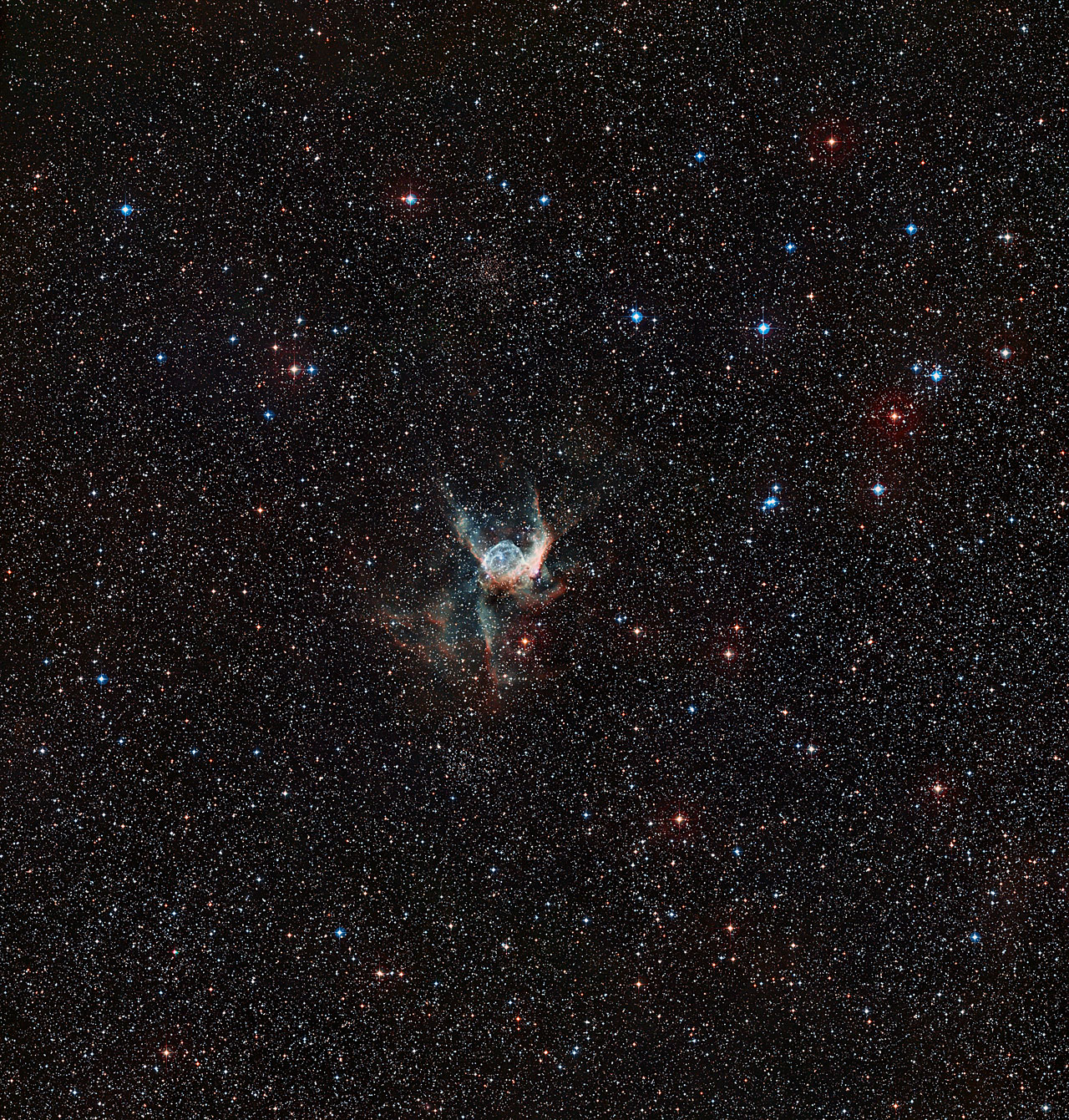The signing of the ESO Convention on October 5th, 1962 and the foundation of ESO was the culmination of the dream of astronomers from five European countries; Belgium, France, Germany, the Netherlands and Sweden. They had decided to join forces with the primary goal of building a large telescope that would give them access to the southern sky.
Operating threeobserving sites in Chile — La Silla, Paranal and Chajnantor — ESO has become a leader in the astronomical research community. At Paranal, ESO operates the Very Large Telescope (VLT), the world’s most advanced visible-light astronomical observatory, which saw first light in 1988. On the Chajnantor Plateau in northern Chile, a consortium of NASA, ESO, East Asia and the Republic of Chile. - are building ALMA, the Atacama Large Millimeter/submillimeter Array, will help to unveil the mysteries of the cold Universe. ALMA will be a single telescope composed of 66 high-precision antennas. ALMA's construction will be completed in 2013, but early scientific observations with a partial array began in 2011.

Wide-field view shows the rich region of sky around the Thor’s Helmet Nebula (NGC 2359) in the constellation of Canis Major (The Great Dog). This view was created from images forming part of the Digitized Sky Survey 2. Credit: ESO/Digitized Sky Survey 2. Acknowledgement: Davide De Martin
ESO’s original observatory at La Silla is still very productive. In particular the HARPS instrument on the 3.6-meter telescope is the world’s most successful exoplanet hunting machine. ESO’s next telescope is still years away. The 39-meter European Extremely Large Telescope (E-ELT) will become "the world’s biggest eye on the sky", with first light planned for the early 2020s.
As part of the anniversary celebrations, for the first time ever, this morning the VLT was pointed towards an object in the sky selected by members of the public — the Thor’s Helmet Nebula, also known as NGC 2359, which lies in the constellation of Canis Major (The Great Dog).

Thor’s Helmet Nebula (NGC 2359, marked with a red circle)in Canis Major. Credit: ESO, IAU and Sky&Telescope
The helmet-shaped nebula is around 15 000 light-years away from Earth and is over 30 light-years across. The helmet is a cosmic bubble, blown as the wind from the bright, massive star near the bubble's centre sweeps through the surrounding molecular cloud. The glowing gas is heated by the energetic radiation provided by the central star. Many different colors, originating from different elements in the gas, are also visible, as well as many dust clouds.
This nebula was picked in the recent Choose what the VLT Observes contest. The observations were performed by Brigitte Bailleul, winner of the Tweet Your Way to the VLT! competition, and were broadcast live over the Internet from Paranal Observatory. This image, taken in the superb conditions typical of Paranal, is the most detailed ever obtained of this striking object.
Loading player...






Comments